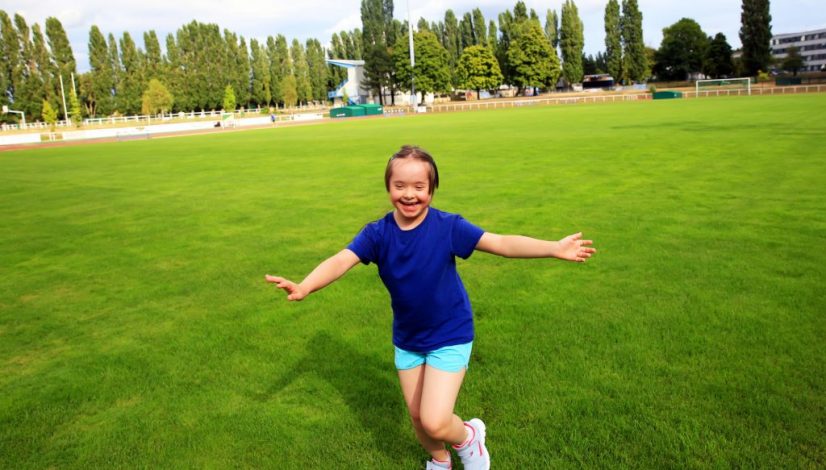Autism vs Asperger’s: What’s the Difference?
Did you know that Asperger’s Syndrome hasn’t been recognized as a diagnosis in the Diagnostic and Statistical Manual of Mental Disorders (DSM) since 2013? Instead, its symptoms now fall under the broader umbrella of Autism Spectrum Disorder (ASD).
Still, though, the term Asperger’s is still used by people regularly. This alone makes getting to know the differences between it and ASD worth it.
Read on to learn more about autism vs. Asperger’s.
About Autism Spectrum Disorder
Since every person diagnosed with ASD has the potential to experience it differently and to varying degrees, it’s placed on a spectrum. There are a wide variety of behaviors and experiences that fall under this umbrella.
Here’s a brief overview.
Signs and Behaviors
When we say “differences” in processing certain things, it means that it falls away from what has been deemed “neurotypical.” The proper term here is “neurodivergent,” and ASD isn’t the only disorder that deems anyone neurodivergent.
Those with ADHD, Dyspraxia, and Dyslexia are also considered neurodivergent. This isn’t a bad or even weird thing, though. It just means that neurodivergent individuals navigate the world differently than those with neurotypical brains.
So, here’s what makes up the signs and behaviors of ASD.
- Differences in processing sensory experiences (like touch or sound)
- Differences in learning styles and problem-solving approaches (easy mastery of one subject, but difficulty engaging in conversational turn-taking or mastering physical tasks)
- Deep, sustaining interest in certain subjects
- Repetitive movements or behaviors
- Strong desire to maintain routine or establishing order
- Difficulty processing or interacting in neurotypical social contexts
- Difficulty processing, understanding, or producing verbal or nonverbal communication
Remember, not every person is going to exhibit every one of these behaviors. Each behavior they do experience is going to be to varying degrees.
About Asperger’s Syndrome
Asperger’s Syndrome was previously considered a form of “high-functioning” autism. It was introduced into the DSM in 1994.
Basically, people who received an Asperger’s diagnosis may have experienced the behaviors of autism, but in a way that was closer to passing as neurotypical.
How It’s Diagnosed
Though some of these are going to seem similar, here are the behaviors associated with Asperger’s from a previous DSM entry:
- Difficulty identifying verbal and nonverbal communication and cues, like eye contact or sarcasm
- Having few or no long-term relationships with peers
- Lack of interest in partaking in the activities or interests of others
- Showing little or no response to social or emotional experiences
- Sustained interest in a single topic or very few topics
- Repetitive behaviors or movements
- Strict adherence to routine or ritual behaviors
- Intense interest in specific aspects of objects
- No delay in language learning or cognitive development
- Experiencing difficulty in maintaining jobs, relationships, or other aspects of social life as a result of these behaviors
In 2013, Asperger’s fell into the scope of ASD.
Autism vs. Asperger’s: The Key Differences
In short, there is no real difference between Asperger’s and ASD, except that anyone previously diagnosed with Asperger’s may have an easier time passing as neurotypical due to their “mild” symptoms.
If someone displays behaviors consistent with Asperger’s, they’re still going to receive an ASD diagnosis. Those who previously an Asperger’s diagnosis, however, may still see that as part of their identity and choose to keep the label.
The stigma that still surrounds an ASD diagnosis in some parts of the world can also make it difficult for some to accept this small change in their diagnosis.
Do Treatment Options Differ?
This is important to remember. Those with either Asperger’s or ASD do not need “treatment” for the differences in their behavior. In fact, simply being considered neurodivergent does not mean there’s anything inherently wrong with you or your loved one.
The biggest thing you can do is accept you or your loved one for who they are, and then let them (or yourself) know that they are loved and supported for who they truly are.
It’s also important to seek help if you need it, especially if you’re now helping a child navigate the world on their own. Some facilities can carry out observations of your child to let you know what specific behaviors they’re exhibiting and then move forward with you from there.
No matter the reports, recommendations, or questions you may have or receive, your child has to come first in this process. Though some may argue that helping them learn to regulate their emotions in a way that fits their brain is a medical treatment, it’s not.
You’re helping your child recognize their strengths. You’re also teaching them (and yourself) how to overcome their weaknesses. How this looks is going to differ from child to child — just like raising a neurotypical child or children would — and there are specialists out there that can help. You can both learn to navigate life in a way that doesn’t diminish you or your child’s existence.
Here’s What You Need to Know
The biggest takeaway from this article: the signs that were once used to diagnose Asperger’s now fall more firmly into a diagnosis of ASD. So, basically, Asperger’s is no longer a functioning term. This doesn’t mean the term isn’t still used, though—it just means that there’s no formal diagnosis for Asperger’s Syndrome.
Either way, a diagnosis doesn’t mean you, your child, or any other loved one, has a “disease” that needs to be “treated.” The best thing you can do is learn about the nuances of ASD in order to develop a better understanding of you or your loved one.
The most important thing is to accept you or your loved one, whether it’s autism vs. Asperger’s Syndrome.
If you’re in need of a pediatric diagnosis or care, contact us today to get started.



